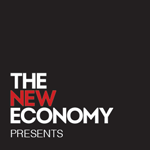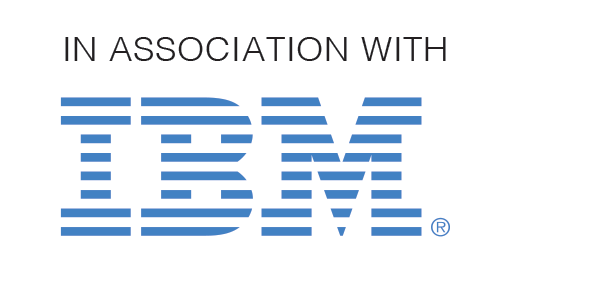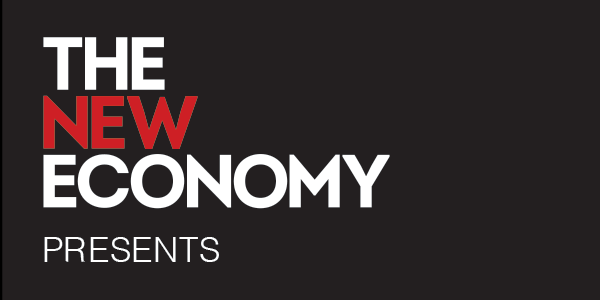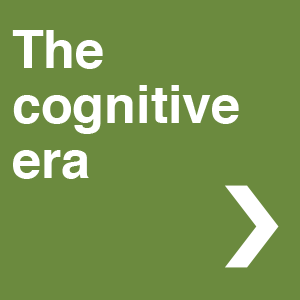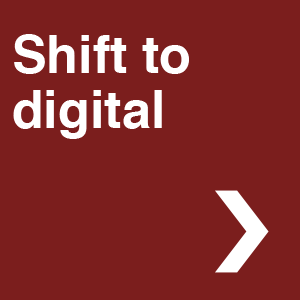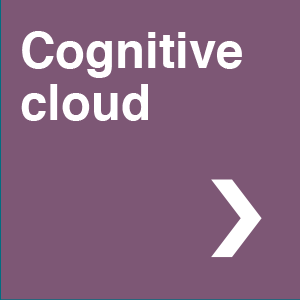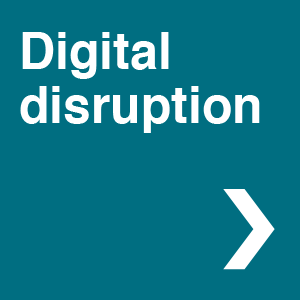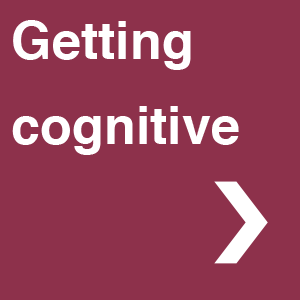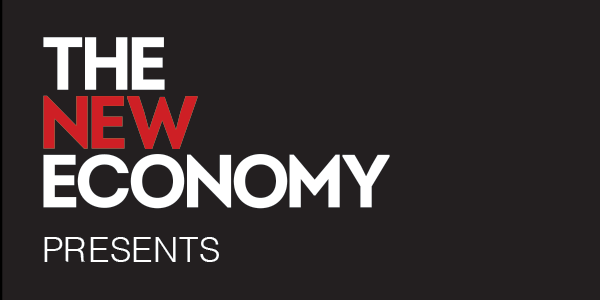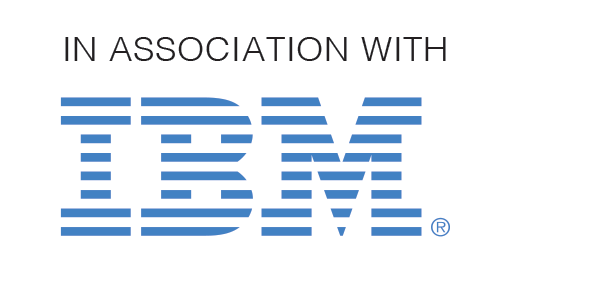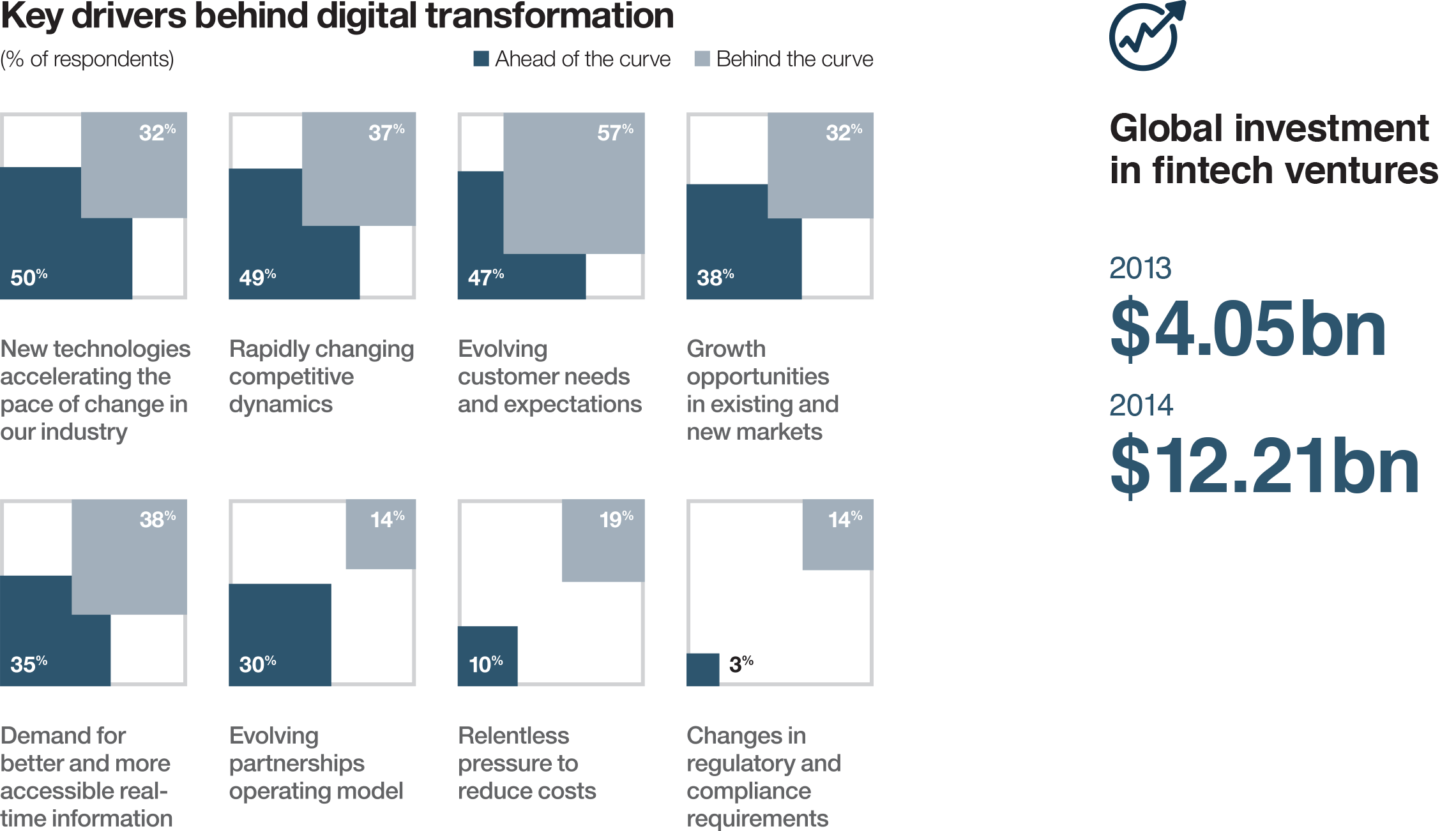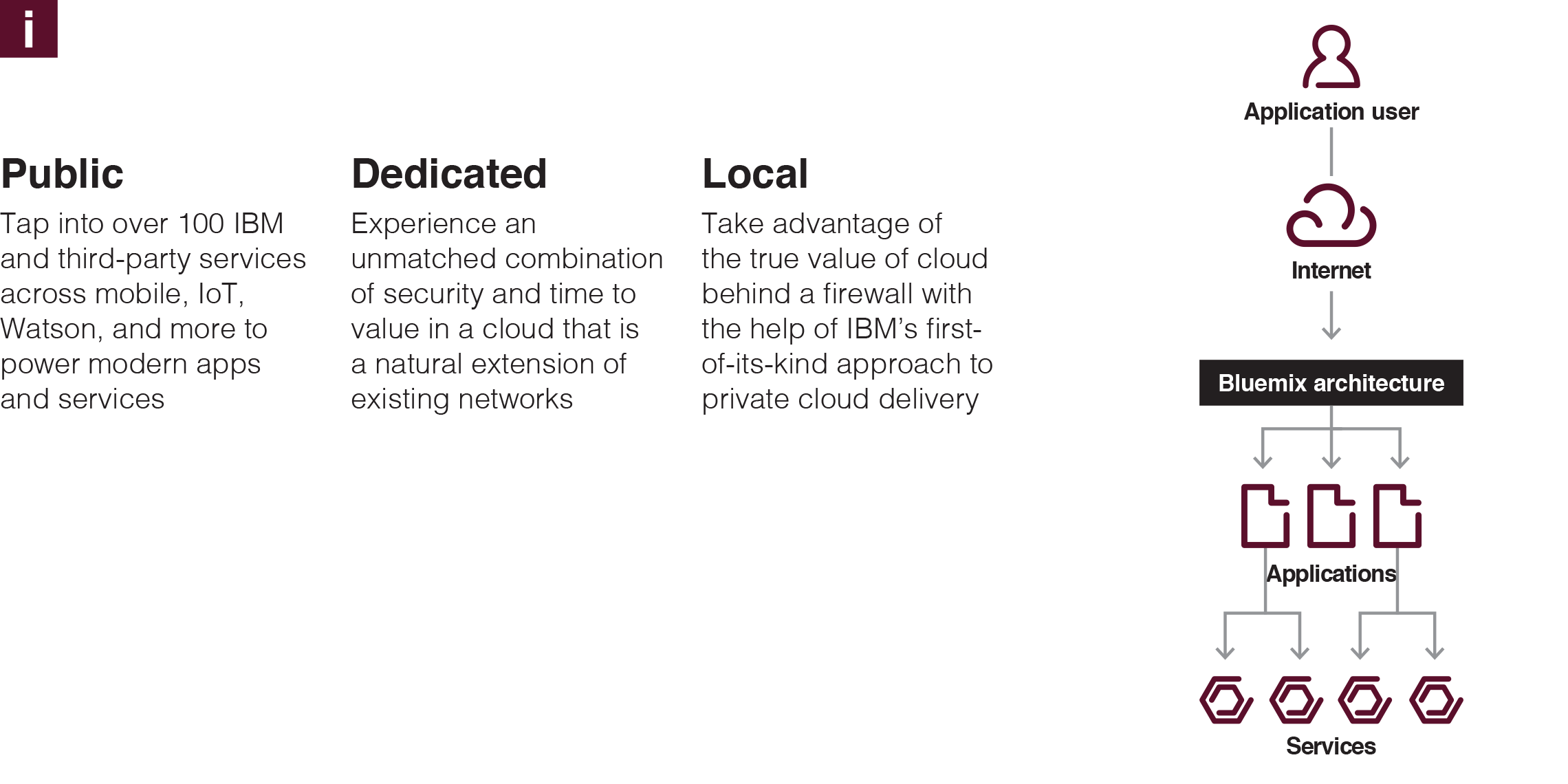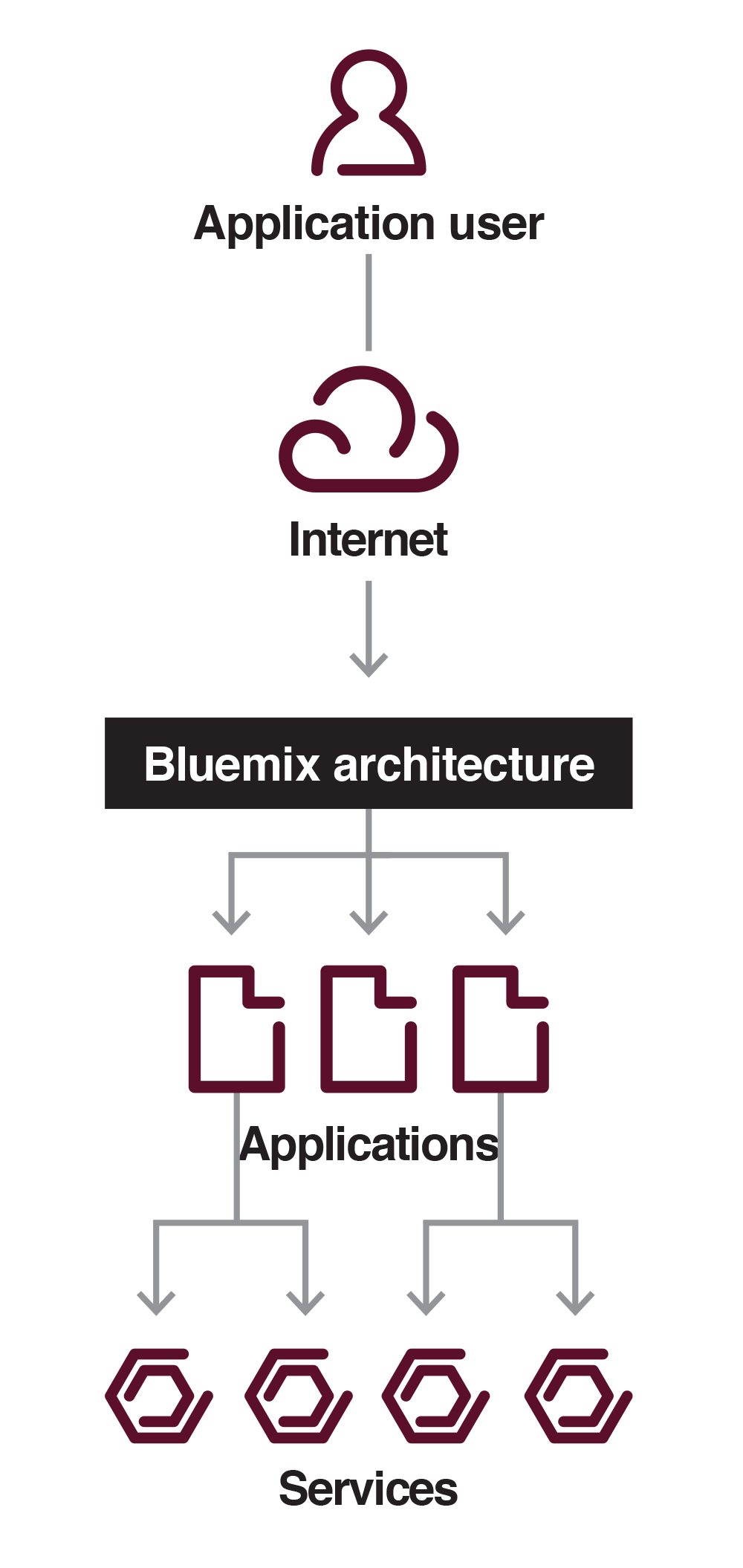
Let your company think for you
In an increasingly hyperconnected world, cognitive enterprises are revolutionising the way business is done and will more often than not win out over the competition
By 2020, billions more individuals will be ‘always on’ – connected to the internet – as the Internet of Things becomes a reality. Many won’t even know they’re always-on because sensors, beacons and other embedded technology will work away autonomously, transferring volumes of data about what they’re doing and where they’re going. But one way or another it will become just about impossible for anybody with an intelligent device of any kind to be anything other than always-on.
As such, enterprises will have to learn to think like the consumers who are the very means of their existence. This will require businesses to harness reams of data in creative ways that meet the needs of their customers, whether other businesses or individuals. In this world, every kind of business will be affected, including those that don’t necessarily see themselves as dealing with a mass of consumers. In a report titled Asset Management 2020: A Brave New World, consultancy PwC casts a speculative eye at the very different environment that wealth managers will inhabit in just four year’s time. Between now and 2020, total assets under management are forecast to exceed $100trn, up from around $64trn today, as more people become wealthier.
So far, so good. But PwC points out that wealth managers will have to change dramatically to service this hyperconnected generation. By 2020, most of their clients will come from the Millennial generation and they will have no memory whatsoever of a pre-internet age. Even older Millennials will have grown up accustomed to text messaging and video communication.
Thus, in a glimpse into how the hyperconnected era will change the makeup of this vast and global industry, PwC imagines a young Chinese woman who checks a dating app on her mobile device. The dating company has a sister investment company and the app automatically matches her dating preferences to an ideal financial strategy that proposes a selection of appropriate funds. The woman then selects a fund, which plays a video providing useful information about it. If she’s sufficiently convinced, she can invest via her mobile account with one touch.
Like the young Chinese woman, the next generation of investors will expect asset managers to be able to communicate with them in a seamless fashion that shows a familiarity with their interests and aspirations.
Because their primary, habitual means of gathering information will be social media networks and specialist applications, they will expect information to be presented in a dynamic, interactive manner that allows them to quickly access the detail they want. And that detail must be instantly relevant and tailored to their individual circumstances. They will have little patience for delays or disconnects between the systems they use to organise their lives. Thus, the wealth management industry will need to ensure that touch-points between their organisation and clients are more numerous, more in-depth, and spread more evenly across the whole process. All this will require cognitive, cloud-based businesses – that is, ones that harness vast amounts of data in a way that enables them to think.
Bridging the digital gap
PwC’s example of a young Chinese woman is particularly apt because China, along with the US, is leading the world in the digital evolution that underpins cognitive enterprises. By contrast, Europe is lagging behind and in some cases far behind. As Bhaskar Chakravorti, Senior Associate Dean of International Business and Finance at Tufts University, and Ravi Shankar Chaturvedi, research fellow at Tufts, point out in an article in Harvard Business Review, “the old continent is in the midst of a digital recession.”
They point out that of the 23 European countries included in their 50-country study, only three were rated as outstanding. This means their high levels of digital development are attractive to global businesses and investors and that their digital ecosystems are positioned to nurture start-ups and internet businesses that can compete globally. These are the essential foundations for the cognitive enterprise.
“IBM’s cloud-based platforms transform data into stuff you can use. Data is taken in, analysed and understood, and finally converted into value-adding information”In terms of digital evolution, no less than 15 European countries have been losing momentum since 2008, with the Netherlands coming in dead last. Worse, European countries occupy the nine bottom spots in the list of 50. Alarmingly, the digitally receding countries include the supposed powerhouse economies like Germany, UK (albeit improving) and France. “Across the rest of Europe, the state of digital evolution has been mediocre and the pace of improvement [has been] tepid”, the authors argued. “This dismal performance points to a glaring – and growing — digital gap as Europeans watch the US and China take the lead in tech innovation.”
The authors attribute various reasons for Europe’s digital lag but two important causes they advance are the preponderance of red tape and sometimes-hostile regulation. At one point, they remind us, the European Parliament voted to break up Google over alleged anti-trust abuses as the dominant search engine, a position that many would say is a laudable achievement rather than a situation to deplore.
Digital single market
However, Europe is waking up. The President of the European Commission (EC), Jean-Claude Juncker, has announced a “digital single market” that is intended to deliver the equivalent of $471bn (€439.82bn) a year and 3.8 million jobs to the regional economy by 2016. As for Britain, it’s already woken up. The percentage of retail penetrated by business-to-consumer e-commerce is nearly twice the European average. Indeed it’s higher than in the US.
Among a range of remedial measures that Brussels must introduce rapidly if it’s to meet its self-imposed deadline is to take an axe to the many roadblocks that greatly inhibit cross-border digital networks. Territorial licensing, for instance. As the EC explained in a 2014 statement explaining a directive on multi-territorial licensing, which is an endless headache for license-holders, this is a €6bn-a-year market. Some 250 collective management organisations handle this sum every year mainly on behalf of authors and they jealously guard their turf in each member state.
On the bright side, Brussels has begun to tackle these obstacles to the inevitable digital revolution, paving the way for genuinely cognitive enterprises that leverage cloud-based technology into revenue-growing propositions.
Heard of predictive analytics? That, combined with demographic data, is what progressive stores rely on to help keep their shelves stocked with hot-selling products. A major online store in the Netherlands, for example, uses IBM’s cloud platform to do just that.
Although the ‘thinking company’ might sound like something Jules Verne would’ve written about, the difference between Twenty Thousand Leagues Under the Sea and the cognitive business is that the one was (an albeit prescient) work of imagination while the other is happening right now. And it’s happening at a furious pace.
Lines of code
To take the automotive industry as an example: most F1 fans probably assume that the Mercedes-Benz that Lewis Hamilton has just driven to his second straight World Drivers’ Championship has little in common with their new family car. In fact, the apparently mundane family vehicle embodies the full impact of the cognitive revolution. It may carry passengers about, but it’s also been turned into a platform for software intended in the long run to enhance the driving experience. No less than 100 million lines of code have gone into that vehicle – 93 million more than in an advanced passenger jet.
Once we understand that our cars have been quietly turned into cognitive machines, we can understand what the cognitive era can do for our own enterprises. The world is being rewritten in code. So this isn’t pie in the sky – an esoteric exercise in computer science that promises much and delivers little. Executives don’t need to know that an API is an Application Programming Interface, only what it does for the enterprise.
Think of cognitive applications as voracious maws that devour data in much the same way as basking sharks ingest plankton. The difference is that the sharks convert plankton into energy, while IBM’s cloud-based platforms transform data into stuff you can use. As a result, even unstructured data is taken in, analysed and understood, and finally converted into value-adding information.
To transform digitally based businesses into truly cognitive enterprises as rapidly as possible, IBM Watson works with 70,000 developers and partners with more than 350 companies. That number is rising all the time. In this collaborative process all the parties are learning. Rather than try and shoehorn an off-the-shelf product into an enterprise, what they do together is design bespoke, highly malleable solutions. In this way IBM Watson has launched 100 cognitive platforms, and that number too is growing all the time.
What cognitive platforms can do continually amazes. One of the most arresting qualities of the truly cognitive product is that it reflects Darwinian theories of adaptation. For instance, a toy dinosaur that IBM is helping create with a Watson partner can answer a child’s questions, help her learn spelling, vocabulary, math and much more. Amazingly, the toy listens, learns and adapts to a child’s personality, even to her sense of humour. And, wondrously, over time the dinosaur evolves to match each stage of the child’s development.
In the more sober world of the law, IBM is helping to answer legal questions that are framed in ordinary speech. This will cut research time from hours to seconds. Yes, just seconds. This highly disruptive breakthrough with implications we can only imagine is just around the corner. It’s being piloted in 20 of the world’s top law firms right now. You could say that IBM is putting another kind of thinker between the counsel and his legal tomes.


